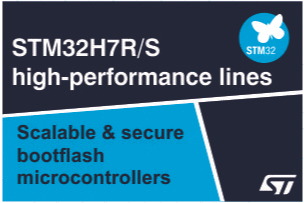 Hoofddorp, Netherlands: Murata has developed the LMTP3P series of hybrid multiplexer for smartphones. The passive multiplexer separates a single antenna signal into three frequency bands, thereby reducing the number of antennas required and contributing to device size reduction when used with a wireless circuit.
Hoofddorp, Netherlands: Murata has developed the LMTP3P series of hybrid multiplexer for smartphones. The passive multiplexer separates a single antenna signal into three frequency bands, thereby reducing the number of antennas required and contributing to device size reduction when used with a wireless circuit.
Steep attenuation and wide band transmission are both realized using Murata’s proprietary technology that combines the properties of a multilayer ceramic and a SAW filter.
Carrier aggregation*1 and MIMO*2 antenna systems are increasingly being adopted in LTE*3 communications in order to improve communication speeds for smartphones. With LTE, the communication frequencies are divided into low band (698-960 MHz), middle band (1427-2200 MHz) and high band (2300-2690 MHz).
With carrier aggregation, a system that simultaneously uses multiple frequency bands, an antenna is generally required for each frequency band. MIMO systems improve communications speed by using multiple transceiving antennas, but they increase the quantity of antennas required and make the wireless circuit more complex.
Murata’s hybrid multiplexer is able to take a single antenna signal and divide it into three frequency bands, thereby reducing the number of antennas needed for carrier aggregation. This provides design surface area for MIMO systems that require multiple antennas, and therefore contributes to size reduction for a device.
The tiny multiplexer measures just 3.5 (L) x 3.5 (W) x 0.9 mm max and supports LTE and GMS transceiver applications. Mass production of Murata’s LMTP3P series of hybrid multiplexer for smartphones begins in April 2017.






